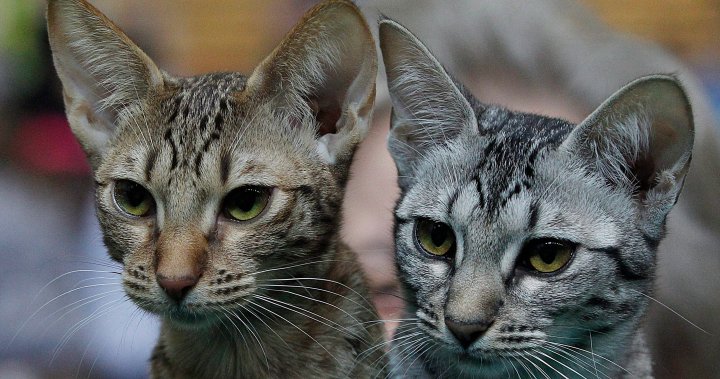
Bird flu kills dozens of cats in Poland. What’s happening?
Global News
The cat infections in Poland is the first report of a high numbers of infected cats over a wide geographical area within a country, the WHO said.
Bird flu has killed dozens of cats in Poland, the World Health Organization (WHO) says — the first report of a high number of infected cats over a wide area within a country.
The WHO said Monday it was notified by Polish authorities on June 27 of “unusual deaths in cats across the country.” The international health body began investigating and as of July 11, it said 29 of 47 samples were found to be positive for bird flu, also known as avian flu.
Since the end of 2021, an unprecedented number of bird flu outbreaks among poultry and wild birds has been reported worldwide. Alongside wild bird and domestic poultry infections, there have been increased detections in non-avian species, the WHO says, including in wild animals, marine mammals and occasionally in farmed or captive species.
The source of the exposure to the cats in Poland is unknown, the WHO says. However, there are several possibilities for the source of infection, among which the cats could have had direct or indirect contact with infected birds or their environments, eaten infected birds, or eaten food contaminated with the virus, the health body suggests.
Of the 25 cats for which the information is available, two were outdoor cats, 18 were indoor with access to a balcony, terrace, or backyard, and five were indoor cats with no access to the outside environment. Seven cats are reported to have had the opportunity for contact with wild birds.
Fourteen cats have been euthanized, and a further 11 died, with the last death reported on 30 June. Post-mortem exams on a small number of cats suggest pneumonia.
Positive samples were reported from 13 geographical areas within Poland. Sporadic infection of cats with bird flu has previously been reported, but this is the first report of a high number of infected cats over a wide geographical area within a country, the WHO said.
Some cats developed severe symptoms including difficulty in breathing, bloody diarrhea and neurological signs, with rapid deterioration and death in some cases.
